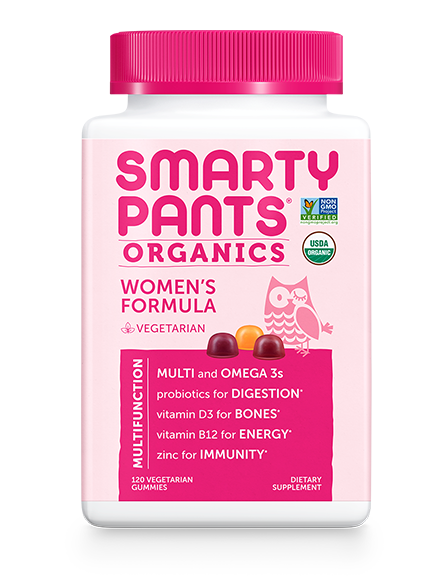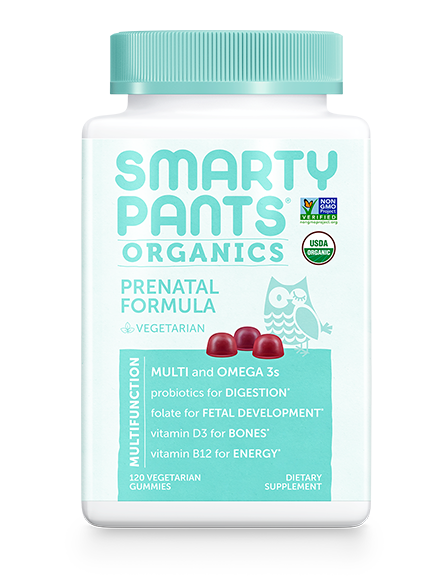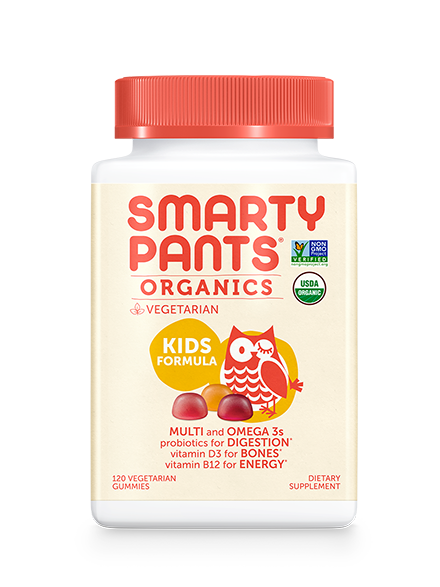OUR NUTRIENT GUIDE

Our Star Nutrients
Vitamin B6
For energy support
How much do I need?
The current dietary reference intakes (DRIs) for vitamin B6 are:
- Infants 0 - 6 months - 0.1mg
- Infants 6 - 12 months - 0.3mg
- Children 1 - 3 years - 0.5mg
- Children 4 - 8 years - 0.6mg
- Men 9 - 13 years - 1mg
- Men 14 - 50 years - 1.3mg
- Men 50+ years - 1.7mg
- Women 9 - 13 years - 1mg
- Women 14 - 18 years - 1.2mg
- Women 19 - 50 years - 1.3mg
- Women 50+ years - 1.5mg
- Pregnant Women 14 - 50 years - 1.9mg
- Breastfeeding Women 14 - 50 years - 2mg
These are the daily amounts established by the Health and Medicine Division of the National Academy of Sciences (formerly known as the Institute of Medicine).
Why we include it
Vitamin B6 is an essential vitamin that your body uses for different functions including to support energy production.*
Vitamin B is not something your body makes. Instead, it must come from your diet. Even if you eat plenty of B6-rich foods (see below), significant amounts of vitamins and minerals can be lost during harvesting, cooking, freezing and processing.
We include it to help fill those nutritional gaps. Our formulas use the premium, active form, P5P (pyridoxal 5-phosphate) because it’s what your body prefers and can easily.
Where can I get it?
- 3 oz beef liver – 0.8 mg
- 3 oz tuna – 0.9 mg
- 3 oz turkey – 0.9 mg
- 3 oz pork – 0.7 mg
- 3 oz beef – 0.6 mg
- ½ cup sunflower seeds – 0.5 mg
- ½ cup prunes – 0.5 mg
- 1 banana – 0.4 mg
- ½ cup baked winter squash – 0.2 mg
We recommend you seek the advice of your pediatrician or primary care provider before making changes to you or your child’s nutrient intake.
* These statements have not been evaluated by the Food and Drug Administration. This product is not intended to diagnose, treat, cure, or prevent any disease.





